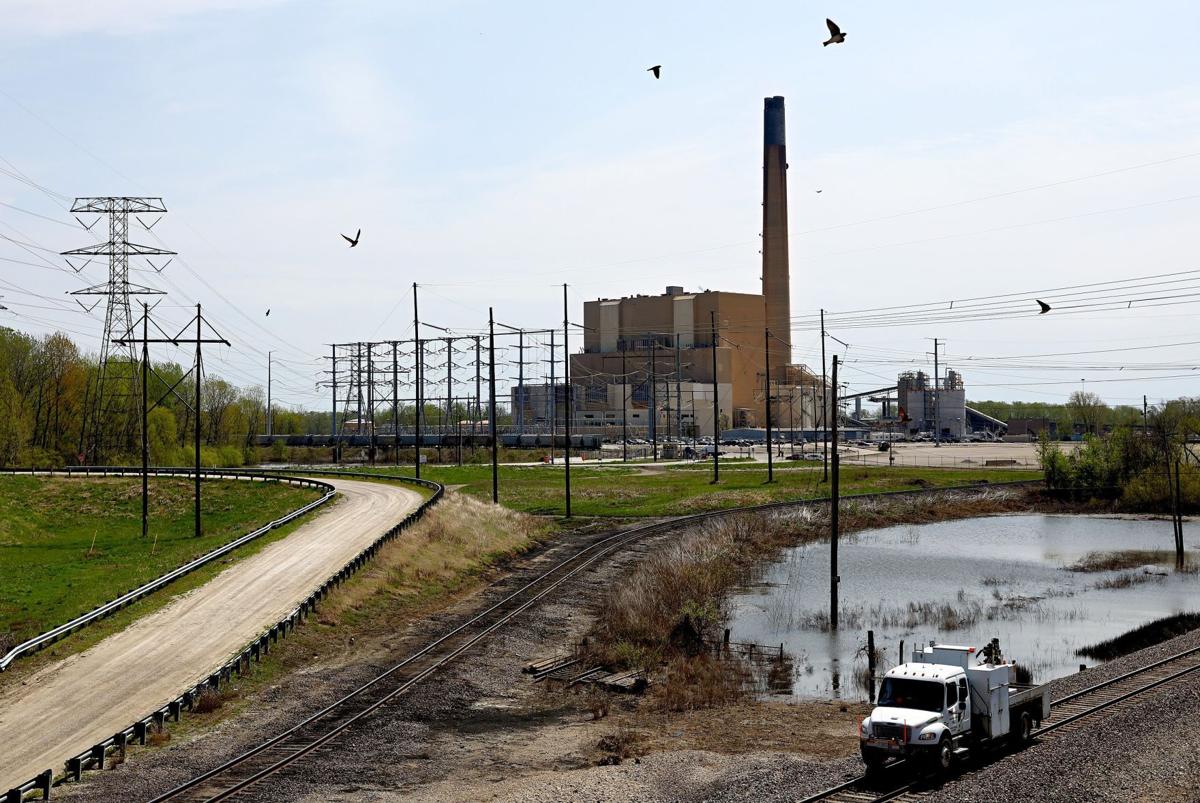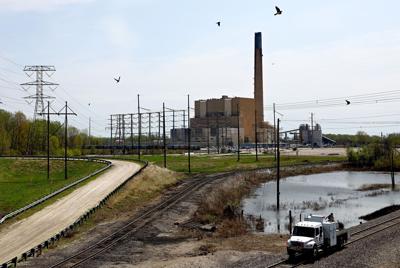ST. LOUIS ŌĆö The U.S. Department of Justice wants Ameren to develop ŌĆ£a suite of proposalsŌĆØ ŌĆö from planting trees to installing air filtration in schools ŌĆö to atone for longstanding air pollution at its second-biggest coal-fired power plant, according to newly released court documents.
The ėŻ╠ę╩ėŲĄ power utility plans to retire the Rush Island Energy Center far earlier than once intended. But plaintiffs in a decade-old legal dispute now are also asking a federal court here to ŌĆ£right wrongs and redress harmsŌĆØ after years of Clean Air Act violations at the Jefferson County plant.
ŌĆ£A promise or proposal to retire the facility does not protect the public health or welfare,ŌĆØ wrote lawyers for the U.S. Department of Justice in a filing submitted late Thursday. The department is representing the U.S. Environmental Protection Agency.
The Justice Department outlined examples of actions Ameren could be ordered to pursue to improve regional air quality, according to the filing, such as investing in energy storage to aid renewable power projects, planting urban trees, or helping pay for air filtration systems in schools and homes.
People are also reading…
An Ameren spokesman declined to comment Monday. He said the company was working on a legal response and awaiting results of an outside study on effects of the plantŌĆÖs closure on the broader electric grid.
The suit, filed in 2011, alleged Ameren made illegal modifications to the plantŌĆÖs generators about a decade prior ŌĆö changes that boosted emissions of pollutants like sulfur dioxide and continue to have severe public health costs on downwind communities in the ėŻ╠ę╩ėŲĄ area.
In recent years, multiple court rulings against Ameren left it with a decision to either install expensive pollution controls, estimated to cost up to $1 billion, or to close Rush Island ahead of its 2039 schedule.
In mid-December, Ameren announced it would close the plant by 2024, 15 years early.
But the court had also, at first, directed Ameren to install pollution controls at the Labadie Energy Center ŌĆö the stateŌĆÖs biggest coal plant ŌĆö that, over 14 or 15 years, would achieve ŌĆ£ton-for-tonŌĆØ pollution reductions to offset the excessive emissions from Rush Island.
That part of the order, however, was scrapped by an appeals court.
ŌĆ£With Labadie controls no longer an option,ŌĆØ the DOJ wrote in its new filing, ŌĆ£there is little chance a remedy can be fashioned to accomplish ton-for-ton mitigation of AmerenŌĆÖs long-accruing pollution exceedances.ŌĆØ
But, ŌĆ£there remain opportunities for Ameren to accomplish meaningful mitigation, and to relieve the harm from its Rush Island violations,ŌĆØ it continued.
The DOJ argued that Ameren should develop and share a list of ŌĆ£mitigation possibilitiesŌĆØ by Sept. 1, that accounts for harms to public health identified by the court, and outlines the ŌĆ£scope, cost, and impactŌĆØ of each potential remedy. Parties involved in the case could submit a joint plan of action, or competing plans, by Nov. 1.
ŌĆ£Instead of installing and operating the controls that would have protected communities from that pollution and saved hundreds of lives, Ameren spent more than a decade using ratepayer funds to delay compliance through litigation and pay for ŌĆśfringe scienceŌĆÖ that denied its pollutionŌĆÖs harms,ŌĆØ the DOJ wrote.
And AmerenŌĆÖs ŌĆ£stall tacticsŌĆØ have continued, the filings say, even after court-ordered verdicts about the plantŌĆÖs violations. By at least September 2020, Ameren knew retirement was the ŌĆ£least-cost optionŌĆØ to comply with court rulings but did not begin to plan for it, the DOJ wrote.
All the while, costs from sulfur dioxide pollution ŌĆö which increases risks of death, heart and lung disease, and other health issues ŌĆö have continued to climb, with impacts centered around the ėŻ╠ę╩ėŲĄ area.
ŌĆ£In the two years Ameren failed to take even preliminary steps toward the retirement it knew it would pursue... the companyŌĆÖs excess emissions from the facility have imposed hundreds of millions of dollars in social costs on downwind communities ŌĆö on the order of $500 million,ŌĆØ the DOJ wrote.
The utility now hopes to close the plant by September, it said in February. But the precise retirement date has become a new front of legal wrangling. The agency that oversees the Midwest electric grid is now evaluating what the closure could mean for energy reliability.
That study is expected soon, Ameren said Monday.
It will almost certainly influence coming decisions.
ItŌĆÖs even possible that Rush Island could be kept in service to bolster grid reliability.









